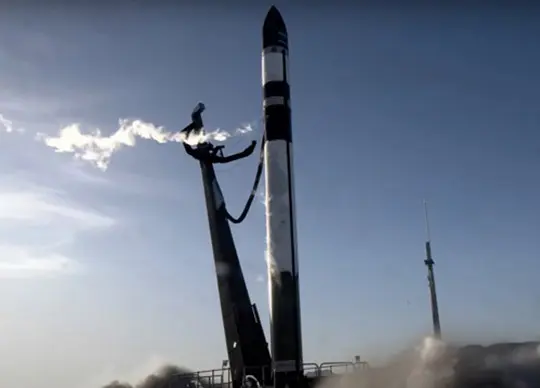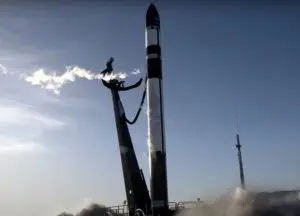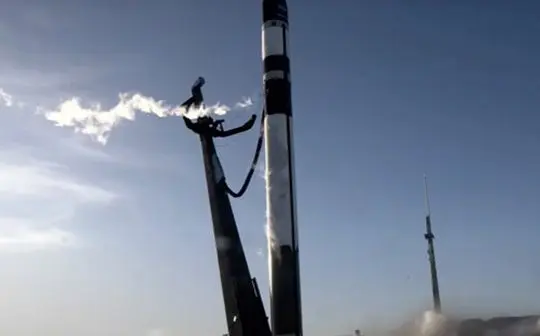

Image: Rocket Lab’s Electron rocket lifts off from Launch Complex 1 at Māhia, New Zealand at 11:46 a.m, May 25, 2023, carrying two TROPICS CubeSats for NASA. Credits: Rocket Lab.
The final pair of NASA’s TROPICS (Time-Resolved Observations of Precipitation structure and storm Intensity with a Constellation of Smallsats) are in orbit after successfully launching at 11:46 p.m. EDT, May 25, (3:46 p.m. NZST Friday, May 26th), completing the constellation.
TROPICS launched aboard an Electron rocket from Rocket Lab’s Launch Complex 1 Pad B in Māhia, New Zealand. The smallsats were deployed at 12:20 am EDT on May 26. Signal for the first CubeSat was acquired at 1:16 a.m. EDT and at 2:19 a.m. for the second.
Through this mission, NASA will study tropical cyclones and aims to improve forecasting for hurricanes and typhoons.
“As a lifelong Floridian, I know firsthand how critical it is for millions of Americans to have timely and accurate forecasts for hurricanes. More intense rainfall and increased coastal flooding are devastating livelihoods and taking lives, demonstrating the importance of NASA’s cutting-edge science to help answer questions that nobody else can,” said NASA Administrator Bill Nelson. “With missions like TROPICS, NASA continues to lead the way in getting satellite data more quickly to our partners like the National Hurricane Center and Joint Typhoon Warning Center, providing vital forecasts that help our communities before, during, and after landfall.”
This launch follows a previous successful TROPICS launch with two other small satellites earlier this month.
“As we move into hurricane season for 2023, TROPICS will be in position to provide unprecedented detail on these storms, helping us better understand how they form, intensify, and move across the ocean,” said Karen St. Germain, lead of NASA’s Earth Science Division. “We rely on targeted, innovative missions like this to help create a robust Earth science portfolio.”
TROPICS is a constellation of four identical CubeSats designed to observe tropical cyclones in a unique, inclined low Earth orbit over Earth’s tropics – an orbit that allows them to travel over any given storm about once an hour. Current weather tracking satellites have a timing of about once every six hours.
“We are very excited to have the four satellites launched. We expect the new observing capabilities from TROPICS will improve our understanding of tropical cyclones and our ability to predict their track and intensity,” said William Blackwell, the mission’s principal investigator at MIT’s Lincoln Laboratory in Lexington, Massachusetts.
In addition to Blackwell, the TROPICS team includes researchers from NASA, the National Oceanic and Atmospheric Administration, and several universities and commercial partners. NASA’s Launch Services Program, based at the agency’s Kennedy Space Center in Florida, is managing the launch service.
For more information about NASA’s TROPICS, visit: https://go.nasa.gov/3h46pJp





